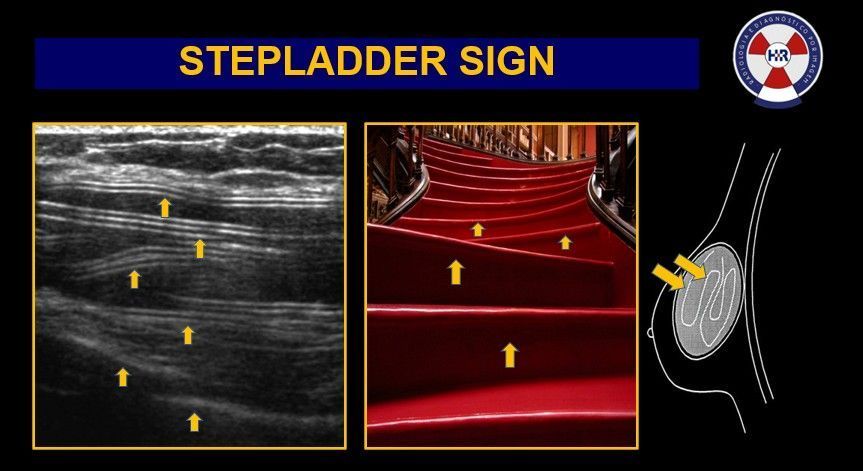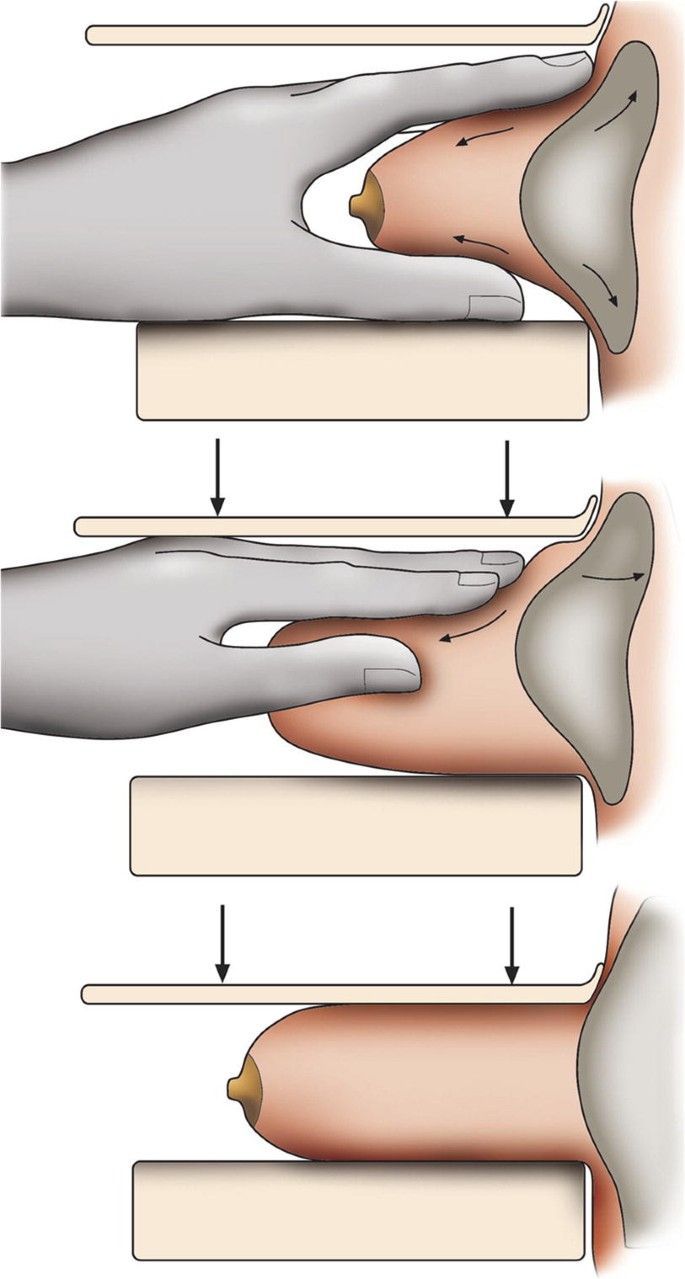Breast Calcifications
Understanding Breast Calcifications: From Normal to Warning Signs
Breast calcifications are small calcium deposits that develop within breast tissue. While often a normal part of aging, they can sometimes indicate the presence of an underlying condition, such as ductal carcinoma in situ (DCIS), a non-invasive form of breast cancer.
Types of Breast Calcifications:
- Benign Calcifications:
These are common and considered harmless. They can result from aging, past injuries to the breast, or benign breast conditions. Benign calcifications usually have a specific appearance on mammograms that radiologists recognize as non-threatening.
- Microcalcifications: These are tiny calcium deposits that may appear in clusters and have various patterns. While often benign, certain patterns can suggest DCIS or early breast cancer, warranting further investigation.
DCIS and Calcifications: DCIS involves the presence of cancer cells in the milk ducts of the breast, which have not yet invaded surrounding tissue. Microcalcifications can be an early indicator of DCIS, often detected through mammography before any physical symptoms emerge.
Why It Matters:
Understanding the significance of calcifications can guide appropriate action and monitoring. If your mammogram shows calcifications, you may have additional imaging, such as a higher magnification mammogram (zoom up focused view), or a biopsy to further evaluate the area.
At Breast Imaging Victoria, our expert team uses state-of-the-art imaging technology to distinguish between benign and potentially malignant calcifications, ensuring accurate diagnosis and peace of mind. Remember, regular mammograms are key to detecting changes in breast tissue early.
Stay informed about your breast health. If you have questions or concerns about calcifications or any other breast changes, we're here to help.




